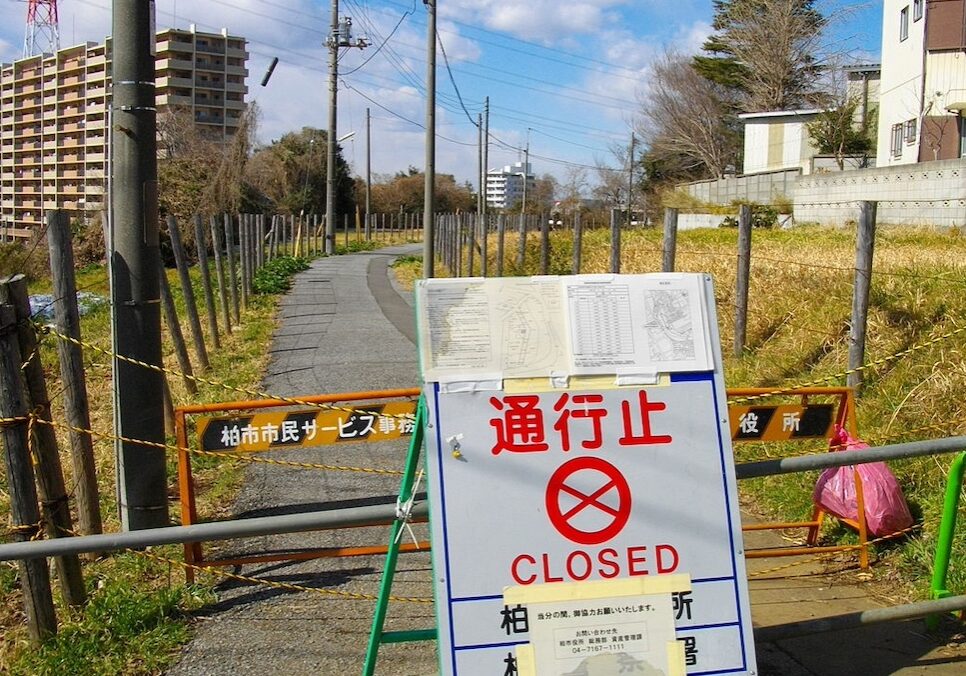Fukushima 14 years later and still uncertain future

Beyond Nuclear turns to our Japanese colleagues to report on the 14th annual commemoration of the March 11, 2011 nuclear catastrophe at the Fukushima Daiichi nuclear power station. This timeless disaster started with a severe offshore earthquake followed by a 48-ft high tsunami. Combined, this two unimaginable disasters caused the nuclear power station’s loss of all AC electrical power, the offsite electrical grid and onsite emergency generators, and eventual backup DC battery power to keep reactor safety systems running. The three reactor units that were operating at full power at the time of the earthquake of the six units onsite, subsequently overheated, exploded and melted down releasing large plumes of radioactivity and debris into the environment. The deleterious impacts of the catastrophe’s widespread, long lived environmental contamination, indefinite radioactive exposure and still long term population dislocation is a reality of a cruel, unforgiving technology and an enduring hardship.
First, we hear from our colleagues at the Citizens Nuclear Information Center (CNIC) in Tokyo. Despite widespread unpopularity of atomic power across Japan, the Japanese government announced that it is recommitting the country energy policy to the restart its nuclear industry that is largely still shuttered since the severe nuclear accident.
CNIC provides an update on Fukushima’s on-again and off-again nuclear waste water treatment system that is required to constantly cool the still extremely hot and highly radioactive melted fuel debris that has settled to the bottom of the destroyed reactor containment buildings. The Advanced Liquid Processing System (ALPS) is designed to chemically treat and filters some of the radioactivity from the cooling water before it is piped into a large, sprawling onsite storage tank farm. Fukushima Daiichi started deliberately releasing large batches of the still radioactive water into the Pacific Ocean in 2023. The periodic radioactive releases continue today and will so into the foreseeable future. The combined radioactive reactor wreckage is still too dangerous to be cleaned up, even if there were a reliably safe place for biological isolation for centuries to come. Only a miniscule fraction of fiendishly radioactive nuclear waste has been experimentally removed robotically from the estimated 880 tons of melted nuclear fuel onsite.
The government is transporting the radioactive topsoil across wider areas of Japan in an effort to “recycle” what was bulldozed and dumped into black plastic bags piled into hills across a still contaminated landscape. The expansion of the population exposure to the “no safe threshold” radiation is being disregarded.
Next, we read two personal stories that appear on the Beyond Nuclear International website. In one story, Ruiko Muto recognizes in “Difficult-to-Return Zones“ that “Some have returned to areas contaminated by the Fukushima disaster but they should never be considered safe…” Akiko Morimatsu writes in her story, “Life as a ‘displaced person,’” her personal experience and that of her family as Fukushima disaster refugees. “I would like to share with everyone in the world the following question: when threatened with nuclear damage, will you stand on the side of those who impose radiation exposure, or will you stand on the side of those who protect people’s lives and health from radiation exposure?”
Support Beyond Nuclear
Help to ensure a safer, greener and more just world for all

